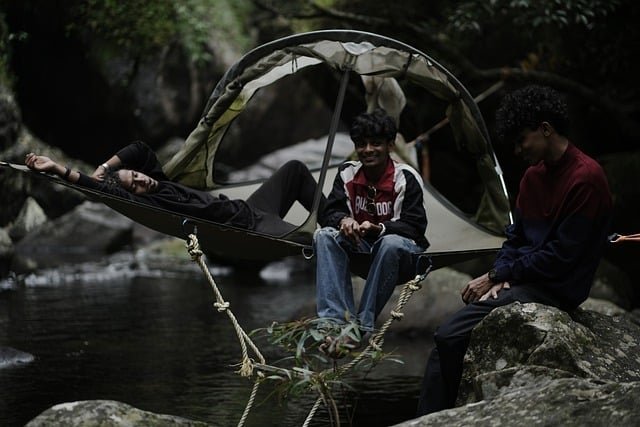
Hiking is an activity loved and practiced by many individuals around the world. It allows us to connect with nature, stay physically active, and challenge ourselves mentally and physically. But what about those who have disabilities or physical limitations? How can they experience the joys of hiking? This is where adaptive hiking comes into play.
Adaptive hiking, also known as accessible hiking, is a form of hiking that caters to individuals with disabilities or physical limitations. It focuses on making the outdoors more inclusive and accessible to everyone, regardless of their abilities. This means implementing modifications and using specialized equipment to allow individuals with disabilities to enjoy hiking safely and comfortably.
Adaptive hiking has become increasingly popular in recent years, thanks to the efforts of organizations and individuals who are committed to making the great outdoors accessible to all. It is a fantastic way for individuals to experience the benefits of hiking, no matter their physical abilities.
Adaptive hiking offers many benefits for individuals with disabilities. Not only does it give them the opportunity to experience the great outdoors and connect with nature, but it also provides a range of physical and mental benefits. These include:
Additionally, being immersed in nature has been shown to have numerous benefits for our overall health and well-being. It can lower blood pressure, reduce inflammation, and improve cognitive function. All of these benefits can have a positive impact on the lives of individuals with disabilities.
Adaptive hiking is made possible by using specialized equipment and implementing modifications to existing trails and hiking routes. This ensures that individuals with disabilities can participate in hiking activities safely and comfortably. Some examples of specialized equipment used in adaptive hiking include:
In addition to equipment, modifications may also include creating paved or wider trails, adding handrails or ramps, and making rest areas more accessible. These modifications not only benefit individuals with disabilities but also make hiking more convenient for families with young children and older adults with mobility issues.
As mentioned earlier, there are numerous organizations and individuals who are dedicated to promoting adaptive hiking and making the great outdoors more accessible. Some notable organizations include Disabled Sports USA, National Ability Center, and Paralyzed Veterans of America. These organizations offer a range of adaptive hiking programs, events, and resources for individuals with disabilities.
Additionally, there are a variety of online resources available for those interested in adaptive hiking. These include blogs, forums, and social media groups dedicated to sharing information and tips for individuals with disabilities who want to get into hiking. These resources can be incredibly valuable for those wanting to connect with others and learn more about adaptive hiking opportunities in their area.
Adaptive hiking is not only about making the outdoors more accessible; it is also about inclusion and empowering individuals with disabilities. By providing opportunities for all to experience the joys of hiking, we are creating a more diverse and inclusive hiking community. So, the next time you hit the trails, consider how you can make your hiking adventures more inclusive and accessible for everyone, no matter their abilities.







Join our newsletter community for exclusive updates, offers, and more. Sign up now to stay in the loop!
© Outdoor-Expedition. All Rights Reserved. Design by HTML Codex